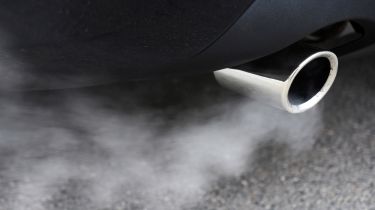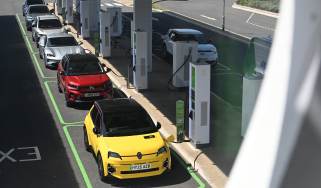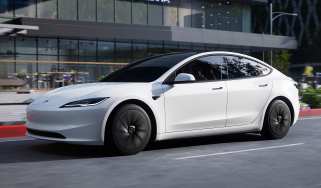London ULEZ expansion fails to lower emissions
Official data suggests the expansion of the ultra-low emission zone to the entirety of inner London has had no impact on emissions

The expansion of the London ULEZ (ultra-low emission zone) has failed to accelerate the reduction of harmful pollutants in the capital, new official data shows.
Between January and March 2021 - before the ULEZ was expanded to cover the entirety of inner London within the north and south circular roads - nitrogen dioxide emissions were 56 per cent lower in central London than Transport for London’s official estimate of emissions if ULEZ hadn’t been introduced. Those same nitrogen dioxide emissions were 21 per cent lower in the rest of inner London.
From January to March 2022, after the ULEZ expansion, those figures have fallen to 44 per cent and 20 per cent below the estimate for central London and the rest of inner london respectively.
Due to external factors like fuel shortages, Covid lockdowns and the cost of living crisis impacting on car use and emissions, TfL said it was “difficult to definitively attribute changes in emissions and concentrations to the impacts of the ULEZ”.
Nevertheless, Mayor of London Sadiq Khan intends to expand the £12.50 charging zone out to all of Greater London within the M25 in August 2023, at a cost of £300 million.
The news led to Conservative politicians, including MPs with London constituencies, questioning whether further expansion of ULEZ would be worthwhile.
Prime Minister Boris Johnson, meanwhile, said: “Another tax on families and businesses and white vans and the rest of it is going to hit people just when we’re trying to put more money into their pocket.”
Looking to sell your current car quickly and for a good price? We’ve partnered with Motorway to bring you the best offer from its network of UK dealers...
Find a car with the experts









